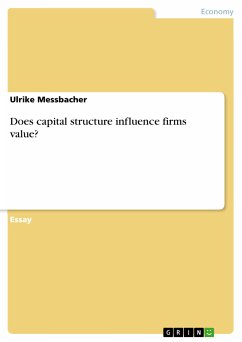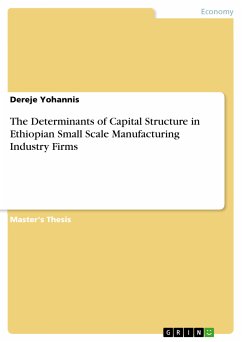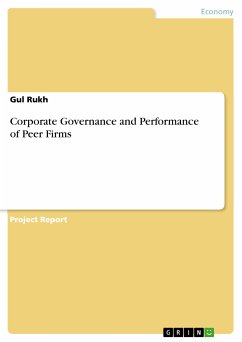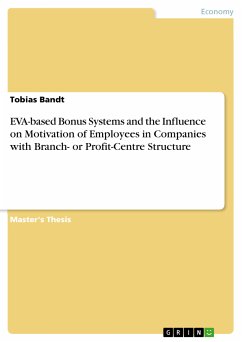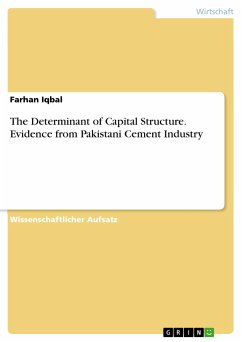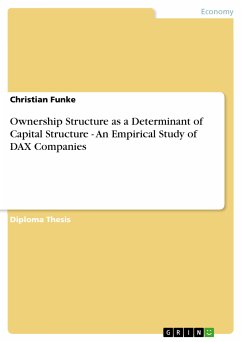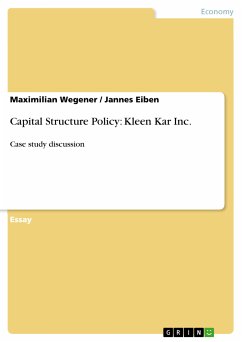Essay from the year 2004 in the subject Business economics - Investment and Finance, grade: 1, University of Applied Sciences Kempten (University of Ulster), language: English, abstract: In accordance with the Signalling model by Ross (1977) an increase in gearing represents, in term of a company’s prospective cash flows, a positive signal to external investors. Because, due to the higher risk of financial distress, companies with less optimistic market prospective tend to avoid additional financial obligations. This implies that an increasing indebtedness means a higher quality of business and therefore better valuation. This leads, in turn, to the assumption that the corporate management can influence a firm’s value by changing its capital structure. If capital structure can affect value, how can firms identify an optimal capital structure and what will it look like? It is that mix of debt and equity that maximises the value of a firm and, at the same time, minimise overall cost of capital. In their seminal article, published in 1958 and 1963, Modigliani and Miller argue that under certain assumptions the value of a firm i s independent of its capital structure, but with tax-deductible interest payments, they are positively related. Moreover, there are other approaches with partly contradictory perceptions. For instance, Myers (1998, cited in Fairchild 2003, p.6) argues that there is no universal optimal mix of debt and equity; in fact it depends on firms or industries, and therefore should be considered on a case-by-case basis. Other researchers have added market imperfections, such as bankruptcy costs, agency costs, and gains from leverage- induced tax shields to the analysis and have maintained that an optimal capital structure may exist (Hatfieldet al.1994, p.1). First, this paper shows the basic determinants of a firm’s value in association with the impact of financial leverage on payoffs to stockholders. Secondly, it considers some arguments of capital structure theories, particularly the Modigliani and Miller theorem and the Traditional approach and contrasts them. Finally, the underlying factors of the model assumptions are examined and shown that they are important in the choice of a firm’s debt-equity ratio.

